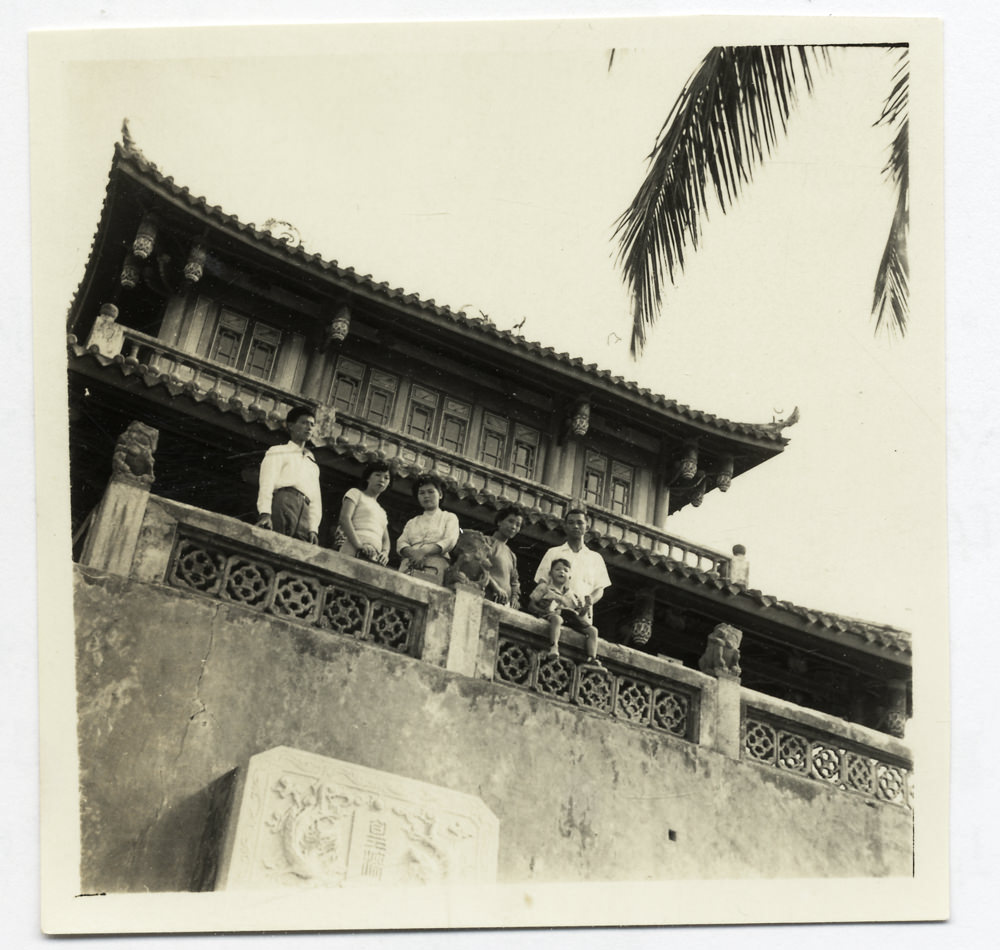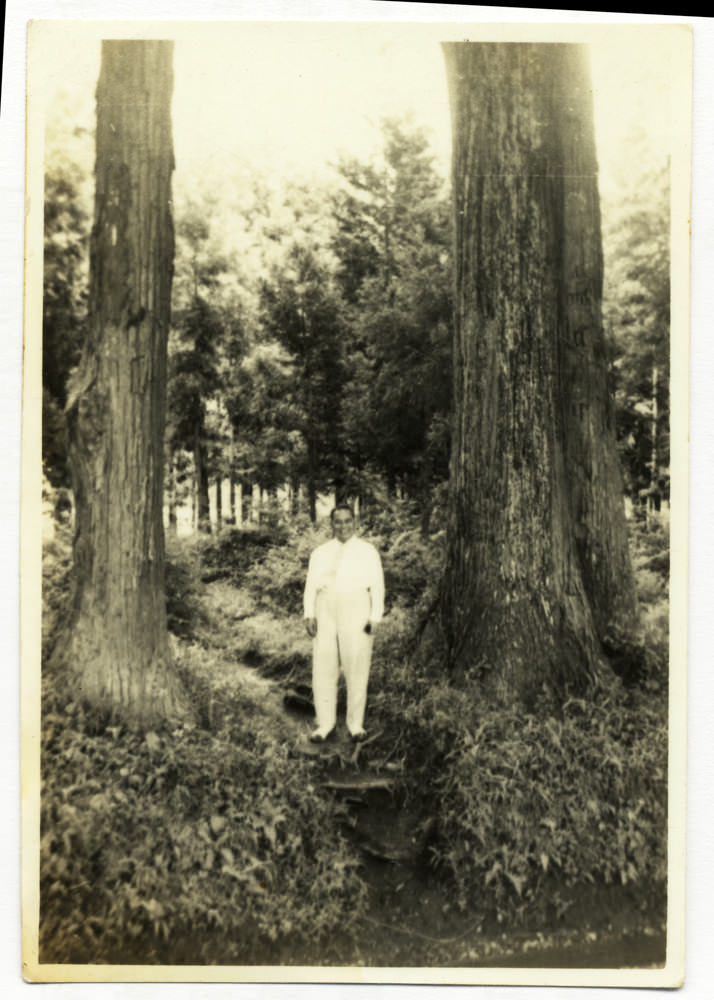Taken 2017/2018 in the U.S., Germany, Denmark, and Taiwan.
Taken 2017/2018 in the U.S., Germany, Denmark, and Taiwan.
I have added 21 new scanned photos and graphics to the page P.C.. These are mostly from Japan, Germany, and the USA.
Tipped off by a new friend, I went to a market in central Ho Chi Minh in search of personal photos. The Dan Sinh Market, where I would find them, was full of hardware and a lot of Army/Navy Surplus-like merchandise. In addition, there was a large amount of "antiques," some conceivably dating from the Vietnam War or what Vietnam calls The American War or the War of American Aggression. Many things here are fake, which a number of the vendors had no problem admitting when I asked.
One of the most common sights were personally engraved Zippos, uncomfortably symbolic of American aggression. I was familiar with them because of Sherry Buchanan's, Vietnam Zippos: American Soldiers' Engravings and Stories (1965-1973), a memorable book detailing Bradford Edwards' collection of Zippos. From the introduction:
"...the Zippo was far more than an instrument of death and destruction. For the American soldiers who wielded them, they were a vital form of social protest as well. Vietnam Zippos showcases the engravings made by U.S. soldiers on their lighters during the height of the conflict, from 1965 to 1973."
The Zippos pictured cover a wide-range of the human experience, well under 140 characters. Below are a few examples.
As is the case with many objects that link us to the past, their authenticity is always a matter of provenance or belief. Yet, as the vendors pushed these on me ($5 for the fake ones and $25 for the real), I wasn't thinking of whether or not to purchase them - I wasn't interested. Alternatively, I was interested in a sustained question I've been asking myself for years - I will leave this question of authenticity (sincerity, genuineness) and how we "prove" it for another day.
I continued to walk through the market and eventually found a number of vendors that had piles of photos. After finding a friendly vendor, my friend and I sat down for the better part of an hour and superficially looked over hundreds of photos. The majority seemed to be of family and friends, ranging from the 50's to the 80's. The emotions that I had, from implication and imagination, were strong. Here is a small selection of the photos I brought with me:
When looking at personal histories from such a distance and without knowing their source or meaning, the photos take on a different role in my mind. As they blend with images in my memory and physically mix with other pictures from different settings, a more general view of the human condition comes into some kind of focus. Yes, it may be at the cost of their personal meanings, but those were lost long ago, when the pictures were abandoned, stolen, lost, thrown away or forgotten. However foreign and distant the "subjects" in historical photos, after looking through many of them, I always find aspects which bring me closer to the people around me now.
The flea markets I've encountered in Taiwan are, for the most part, rather dingy. A lot is due to the source of their goods, often recycle centers and garbage. Additionally, Taiwan's climate, including the incredible and constant humidity, assures that paper and other things which can support mold or mildew colonies invariably will. You truly need to make a choice of what to save and take great care to protect the things you want to preserve.
The garbage here, as anywhere, can contain valuable things in terms of use, but not in terms of what most Taiwanese (and others) would desire. For some, it's the spirits that may lurk in them (this can be especially true for photos), for others it may be the lack of reliability in a used item's performance...among many other reasons. In most major cities here, there are hundreds of people trying to sell those things that at least once in their life were wanted and then unwanted. Death, divorce, debt, theft, or simply "cleaning house" are some of the stories that lie in between. The sellers are trying to find a new "wanter."
While the variety of things sold varies greatly, I am mostly concentrated on finding things on paper, mostly photos. The majority of the vendors are trying to sell photos one at a time and at exorbitant prices. Some ask for ~$10/photo. Photos from the Japanese occupation (1895-1945) sell for the most. I've had the good fortune to find a good man who seems to understand my inspiration and sells to me at about $0.06/photo. As I'm not a dealer, it allows me to have a meaningful collection without spending an irresponsible amount of money. A small selection of my finds are scattered throughout this entry.
To post them here in such a confused profusion seems cheap, especially if you spend any real time with the photos. These photos are mostly from family albums and capture moments that were extremely precious, especially considering the cost of a camera and developing its film in Taiwan 30+ years ago. And yet, the scattered profusion above is just a shadow of the profusion that attends these markets. I oftentimes go through thousands at a time, all mixed up, some decaying, some faded, some perfect. I discovered long ago that, after looking for a while, I start to unconsciously connect photos and imagine/create stories. After a while, some of the photos, with unimaginable differences, can slowly start to look the same.
While seemingly vulgar, I sometimes choose photos for their aesthetic qualities alone, not their suggested content. But oftentimes the real/imagined connections draws me in.
It does not escape me that these come, most likely, from someone who has died. While they were in that person's possession, they referred to stories, aided memories, meant something. In their current state, because they are disconnected from their source's and subject's hands, they are simply an illustration of something that once existed. There is practically zero context...only the images' superficial surface can suggest connections to our collective consciousness or recognizable places. And yet, these connections that I consciously and unconsciously make can have some strength.
In the process of an afternoon, I realized that a good many of the photos were of this couple...young and old, ping ponging back and forth. Pictures of them before having children, their wedding ceremony, after many years of marriage, with their children... When this happens, especially when I find a sort of sympathetic vibration between me and their faces, I feel a bond develop. And it's a strange feeling to contemplate - a one-way bond.
But really, most things without a beating heart, if not all things, are a "one-way bond." The process of collecting "aesthetically pleasing" photos, can reinforce the seemingly obvious fact that items carry no soul. But there are certainly some that seem to come with more, no matter how much I rationally realize that it's only in my relation to it that it has that "something."
As a brief aside, looking at these photos one evening, one of the men's face seemed very familiar. On a whim, I checked my photos I found last year, and sure enough, the photo I remembered picking up in 2014 was a picture of the same man...with the same camera as he holds, sitting with his lady, above.
Of course, there's the issue of who's on the other side of that camera. However unknown that person is, we know how they see that moment. In some ways, we look at it through their eyes.









I added a selection of images I found in North America, Europe and Asia from my personal collection. There's a few below. For the rest, please click P.C.